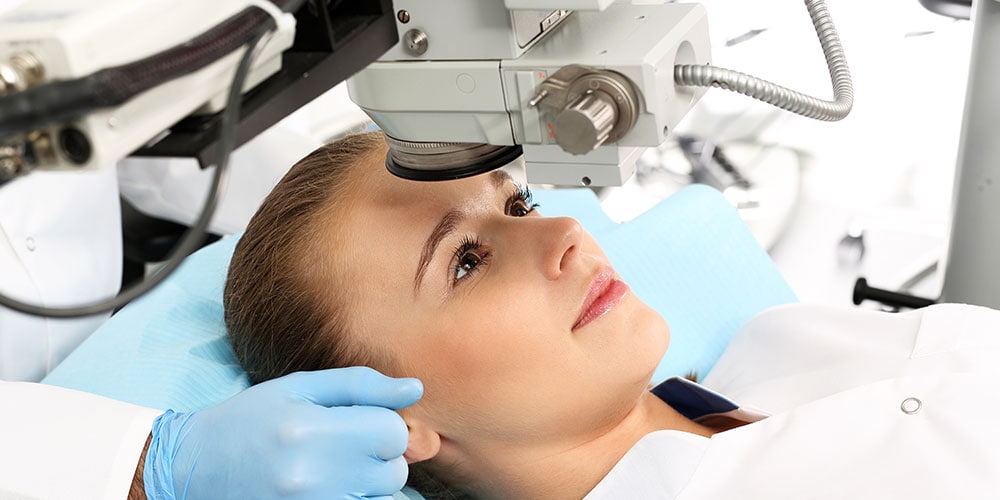Many Australians who suffer from poor vision are interested in ‘PRK’ laser eye surgery. The term stands for photorefractive keratectomy, a surgical procedure to correct astigmatism (blurry or distorted vision), hyperopia (long-sightedness), and myopia (short-sightedness). Pioneered by Dr Theo Seiler in 1987, it was the first laser eye surgery ever performed. The procedure now provides a safe alternative for those who aren’t suitable candidates for other treatments. Most laser eye surgeries require the creation of a flap in the uppermost layer of the cornea. The flap is lifted and a laser reshapes the cornea to allow the light passing through it to be properly focused on the retinas, giving you clear vision.
If you suffer from severe dry eyes, have superficial scarring on your retina from infections, or participate in sports that risk traumatic flap dislodgement, then PRK LASIK (called ทำ PRK lasik in Thai) provides a safe alternative to other treatments. Instead of a flap, the procedure applies the laser directly to the cornea after the surface cells have been removed. The laser then reshapes the cornea’s surface with extreme precision, correcting for the refractive error. The changes to the cornea’s curvature allow it to focus properly, giving you clear vision without the need for corrective lenses.
Potential candidates for PRK laser vision correction should be over the age of 18, have normal eye health, not be pregnant or breastfeeding, and have at least one year of stable vision prescriptions. Unfortunately, if you suffer from extremely severe hyperopia, astigmatism, and myopia, even PRK might not be able to correct everything. It is vital that you undergo a detailed eye exam from your optometrist who will perform tests to determine the health of your eyes, including the thickness of your cornea, its shape, and the levels of refraction.
Once it has been determined that PRK is the best course of treatment for you, it’s time to make it happen! The procedure itself is painless since powerful anaesthetic drops are applied to numb your eyes. Then the surgeon removes the epithelium (outer layer of body tissue) and the laser performs the correction. Because there is no protective flap as in other laser surgeries, a special contact lens ‘bandage’ is placed on the cornea until the surface has healed. Afterwards, there may be some discomfort, but eye drops and painkillers will keep you comfortable until you’re fully healed and can enjoy your new clear vision!


